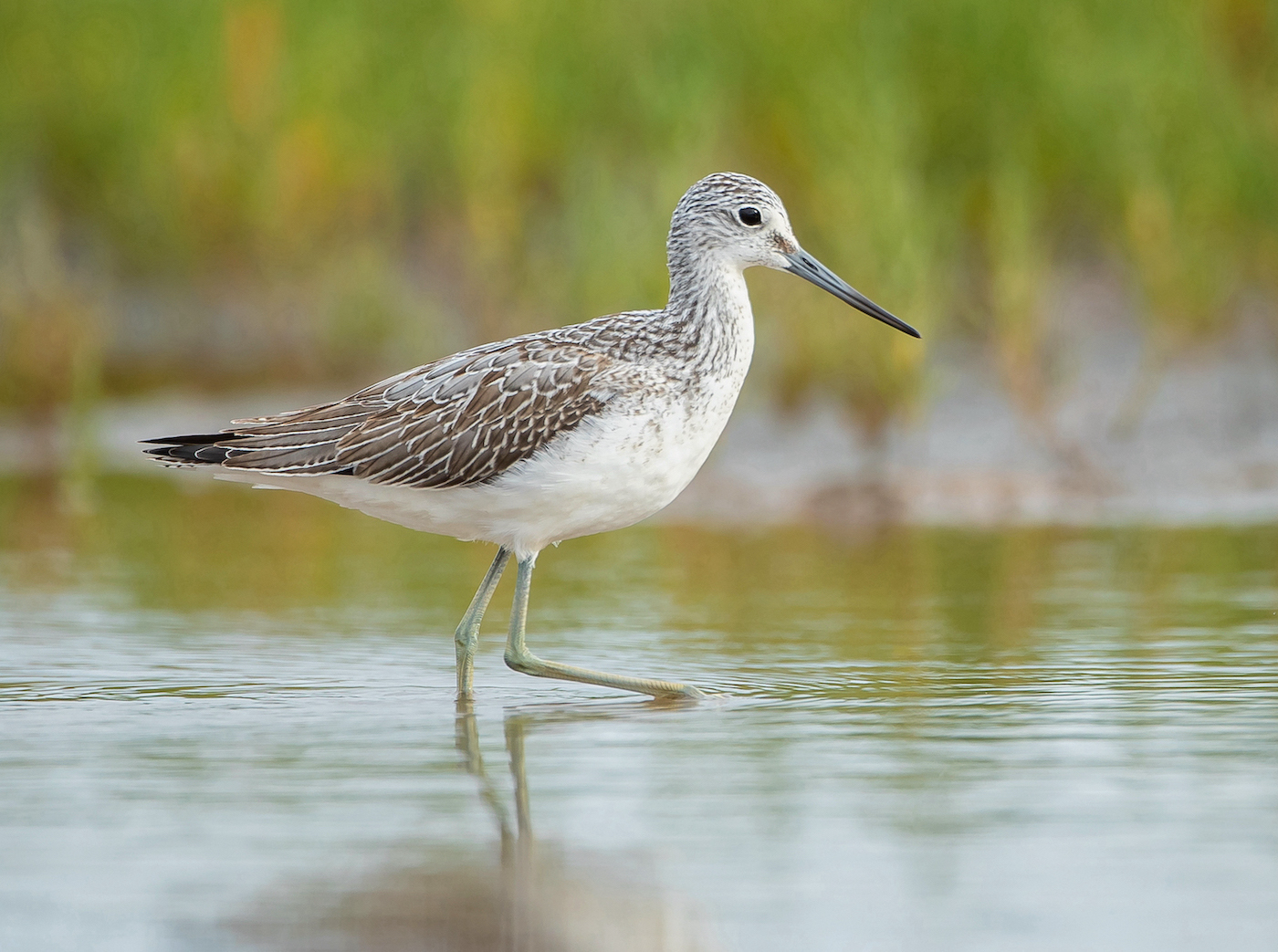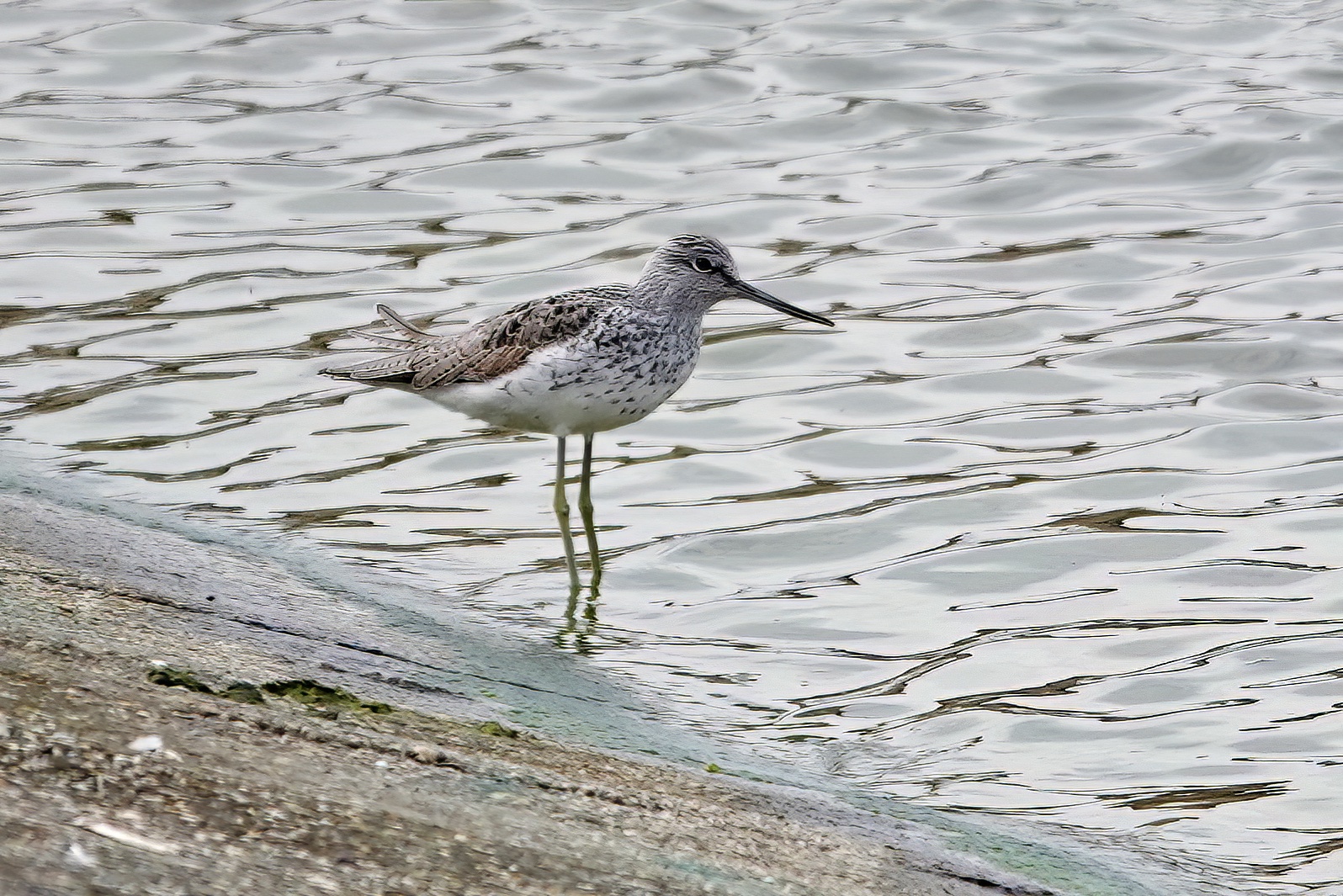Greenshank Tringa nebularia
Passage migrant, scarce in spring, fairly common in autumn. Very scarce in winter.


Greenshanks occur widely in small numbers across Lincolnshire in spring and its “chu chu chu” call is always a welcome sound. Reports from LBR for the five years to 2018 indicate that peak spring migration is usually in May though in 2018 it was in April. Peak counts across the county ranged from 16 in 2015 to 58 in 2016 with an average of 28. Autumn migration is much more prolonged and can peak anywhere from July-September and extends into October. The peak monthly count ranged from 113 in July 2018 to 285 in July 2014 with an average of 185. The largest counts are always on The Wash with Freiston Shore boasting 108 in July 2014. Wintering has become more obvious in recent years. The Atlas reported that “recently one or two birds have occasionally wintered on the coast”. In the five years to 2018 wintering occurred annually with a range of one in 2016 to seven in 2017, an average of four per year.
The Wadden Sea is used by many Fennoscandian birds as a stopover and moulting site from late April to mid-May, and most Palaearctic Greenshanks are trans-Saharan migrants wintering right through Africa to its southernmost countries. Two interesting recoveries of birds ringed in Lincolnshire are of interest in this context. DD15102 was ringed as a 1CY bird on The Wash on August 4th 2007 and retrapped on May 3rd, 2009 at Castricum on The Netherlands coast. A second bird, DE41539, had been colour ringed as an adult August 31st 2015, also on The Wash, and was seen alive on its breeding grounds in Norway on June 21st 2016 west of Tromsø and again on May 9th 2017 south-west of Trondheim, possibly still on its way further north.
(Account as per new Birds of Lincolnshire (2021), included September 2022)
